
AI Networking
Reading Time: 5 minutes
In the high-stakes world of global finance, the “race to zero latency” has evolved. For years, the battleground for high-frequency...
Read more
AI Networking
Reading Time: 5 minutes
In the high-stakes world of global finance, the “race to zero latency” has evolved. For years, the battleground for high-frequency...
Read more
AI Networking
Reading Time: 3 minutes
Heading back from St. Louis late last week, I had some time to reflect on the very busy week of...
Read more
Industry Outlook
Reading Time: 3 minutes
Carved your pumpkin and picked the perfect Halloween costume? Halloween is not just a good time for sharing scary...
Read more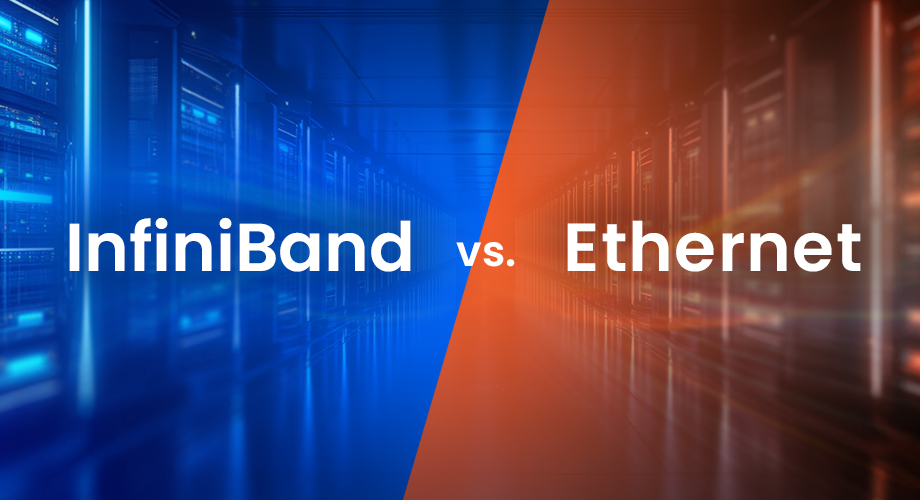
AI Networking
Reading Time: 7 minutes
As AI clusters scale from thousands to hundreds of thousands of GPUs, the choice of network fabric, InfiniBand or Ethernet,...
Read more
AI Networking
Reading Time: 3 minutes
It’s that time of year again – time to recap the annual OCP Global Summit that was recently held in...
Read moreSign up to get the latest news and insights.
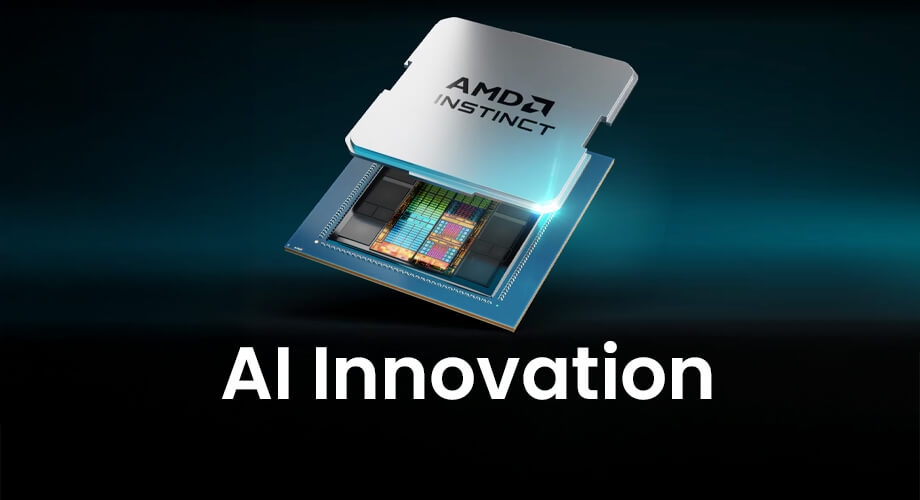
AI Networking
Reading Time: 6 minutes
The DriveNets Network Cloud-AI networking fabric solution delivers the highest performance AI connectivity for any GPU, NIC or optics, based...
Read more
AI Networking
Reading Time: 4 minutes
Have you noticed how “scale-up” and “scale-out” are becoming popular terms in recent AI infrastructure discussions? This is not a...
Read more
AI Networking
Reading Time: 6 minutes
Building AI infrastructure goes far beyond simply connecting GPUs, it demands precise orchestration of compute, networking, storage, and system configuration...
Read more
AI Networking
Reading Time: 3 minutes
What do you need to know about Andy Holland – DriveNets’ new AI sales leader? –> With excellent solutions and experienced...
Read more
AI Networking
Reading Time: 3 minutes
Strong partnerships that substantially increase value provided to customers can fundamentally change a company’s – and even an industry’s –...
Read more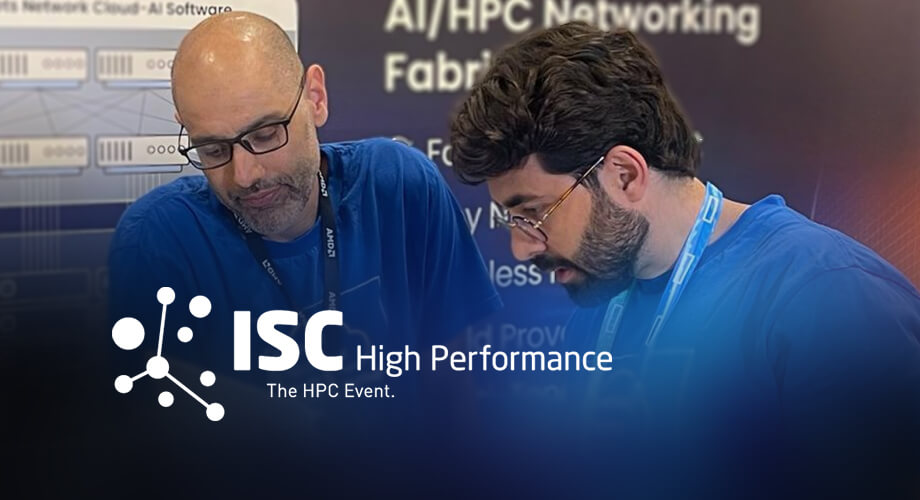
AI Networking
Reading Time: 4 minutes
I just got back from rainy Hamburg after another great ISC conference. ISC 2025 was an event full of energy...
Read more
AI Networking
Reading Time: 4 minutes
Parallelism is the engine behind modern AI scalability, but it’s only as effective as the networking infrastructure supporting it. The...
Read more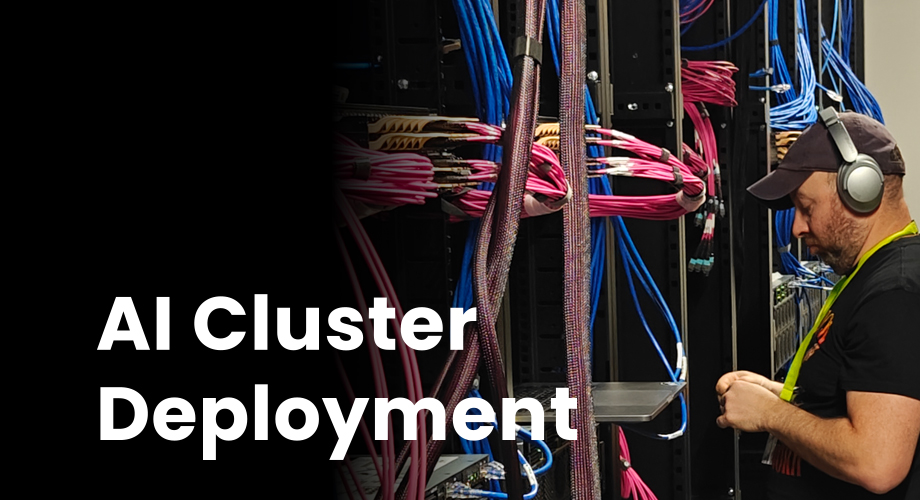
AI Networking
Reading Time: 4 minutes
Today high-performance computing is no longer confined to hyperscalers. NeoClouds and Enterprises across finance, healthcare, telecom, and other industries are...
Read more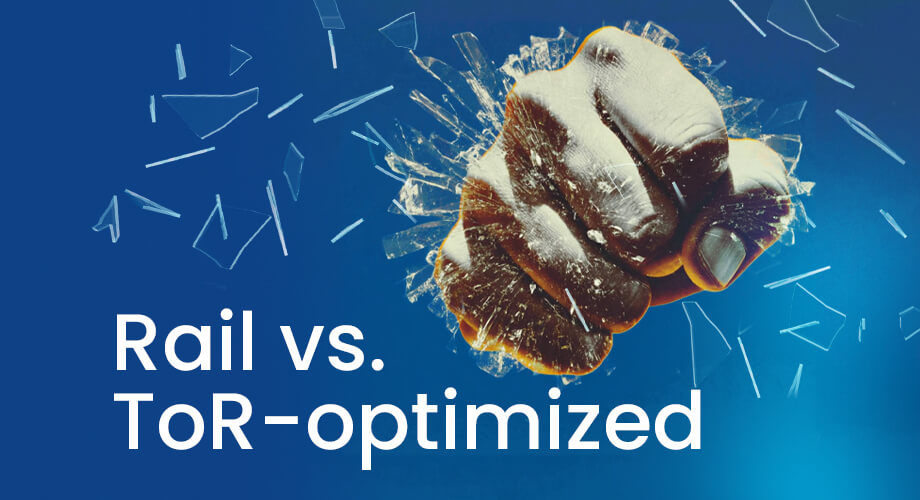
AI Networking
Reading Time: 4 minutes
As artificial intelligence (AI) workloads scale to thousands—and sometimes hundreds of thousands—of GPUs, the underlying network architecture becomes incredibly important....
Read more
AI Networking
Reading Time: 5 minutes
Prized for its low latency and lossless transport, InfiniBand has been for years the go-to networking technology for high-performance computing...
Read more
Service Provider
Reading Time: 4 minutes
AIOps (artificial intelligence for operations) means using artificial intelligence (AI) and machine learning (ML) to make network operations smarter and...
Read more
Network Infrastructure
Reading Time: 4 minutes
First off, may the force be with you on this May the Fourth. The most oft-repeated line, “May the Force be...
Read more
Operations
Reading Time: 5 minutes
Imagine never having to schedule a 3 AM network maintenance window again. No late-night cutovers, no telling customers “service will...
Read more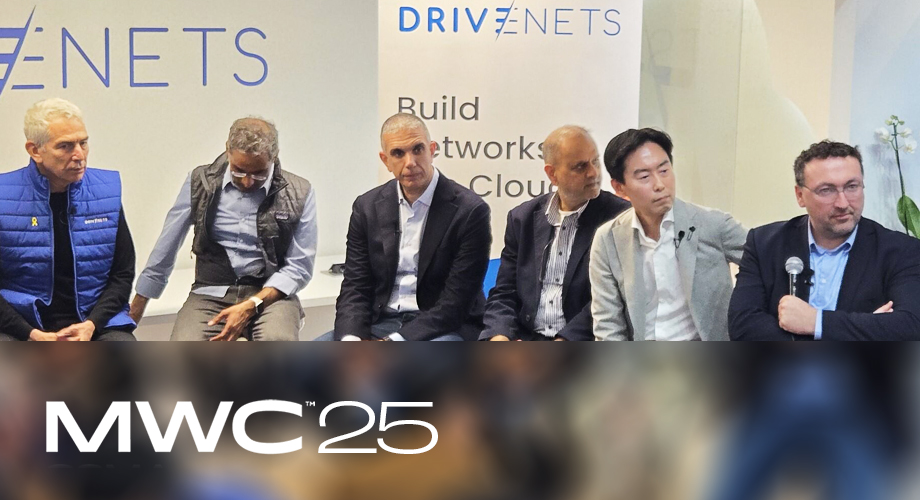
Service Provider
Reading Time: 8 minutes
At DriveNets’ MWC25 panel, executives from AT&T, Orange, KDDI, Cox Communications, and Broadcom came together to discuss how disaggregation, convergence,...
Read more
Cable
Reading Time: 3 minutes
It’s been an interesting week here in Denver, as the Cable Next-Gen Technologies & Strategies event provided an insightful look...
Read more
AI Networking
Reading Time: 4 minutes
It was an exhausting week here in San Jose at Nvidia GTC 2025. The conference is definitely becoming the main...
Read more
AI Networking
Reading Time: 5 minutes
Good Today but Better Tomorrow with Fabric-Scheduled Ethernet As data center demands grow exponentially, enterprises and cloud providers alike are...
Read more
Service Provider
Reading Time: 3 minutes
Typically, I seek out statistical data to validate technological statements. But this time, it’s obvious. Everyone is experiencing the surge...
Read more
Service Provider
Reading Time: 3 minutes
Thinking about disaggregation takes me back to late nights in the network lab at Orange in 2008. I particularly remember...
Read more
AI Networking
Reading Time: 4 minutes
If it were up to my twins, they would spend all their waking hours on their smartphones. That’s why I...
Read more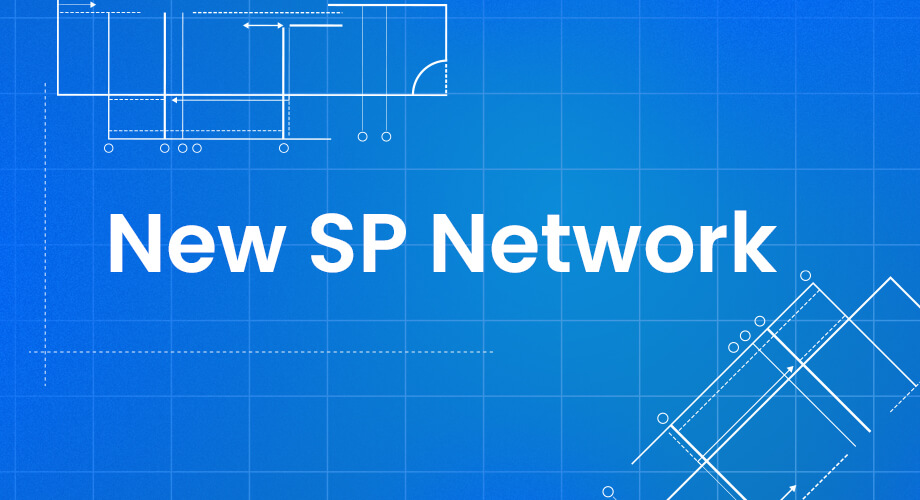
Service Provider
Reading Time: 4 minutes
February is always a great month to review the state of the telecom industry. And Barcelona is a great place...
Read more
AI Networking
Reading Time: 3 minutes
In today’s competitive artificial intelligence (AI) landscape, hyperscalers and large enterprises are rapidly recognizing the critical need for open, scalable,...
Read more
AI Networking
Reading Time: 4 minutes
An artificial intelligence (AI) cluster architecture integrates backend compute and storage networking components to meet the demands of high-performance AI...
Read more
AI Networking
Reading Time: 2 minutes
Drug development/discovery and biotech are R&D-intensive life sciences fields in which the analysis of very large datasets is key. From...
Read more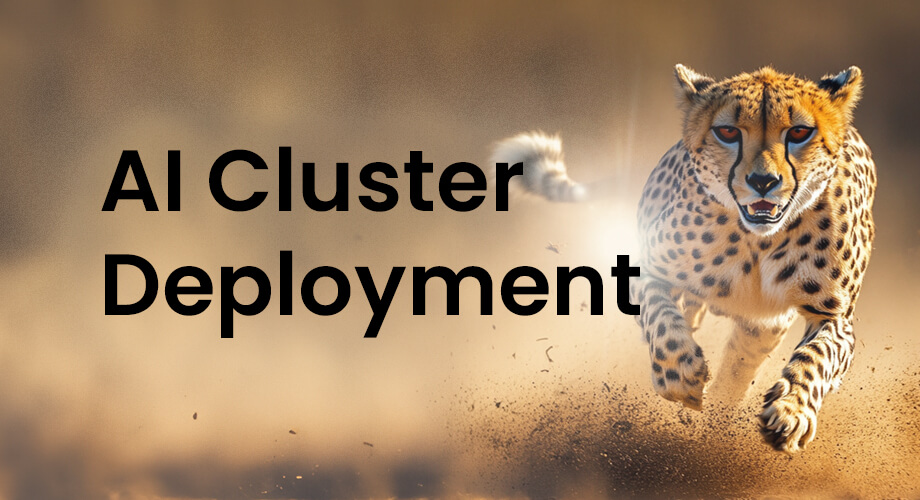
AI Networking
Reading Time: 4 minutes
A new breed of cloud provider has emerged – the “NeoCloud” provider. These companies, like CoreWeave, Crusoe, and Lambda, focus...
Read more